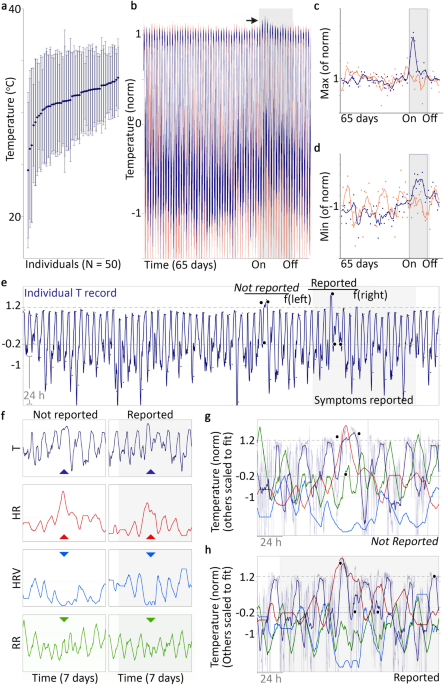GENEVA (Reuters) - The World Health Organization on Wednesday tightened guidelines on wearing face masks, recommending that, where COVID-19 is spreading, they be worn by everyone in health care facilities and for all interactions in poorly-ventilated indoor spaces.
In June, the WHO urged governments to ask everyone to wear fabric masks in indoor and outdoor public areas where there was a risk of transmission of the virus.
Since then, a second global wave of the epidemic has gathered pace. In all, more than 63 million people globally have caught COVID-19 and 1.475 million died of it, according to a Reuters tally.
In more detailed advice published on Wednesday, the WHO said that, where the epidemic was spreading, people - including children and students aged 12 or over - should always wear masks in shops, workplaces and schools that lack adequate ventilation, and when receiving visitors at home in poorly ventilated rooms.
Masks should also be worn outdoors and in well ventilated indoor spaces where physical distancing of at least one meter (3 ft) could not be maintained.
In all scenarios, masks - which protect against transmission of the virus rather than infection - needed to be accompanied by other precautions such as hand-washing, the WHO said.








Recent Comments